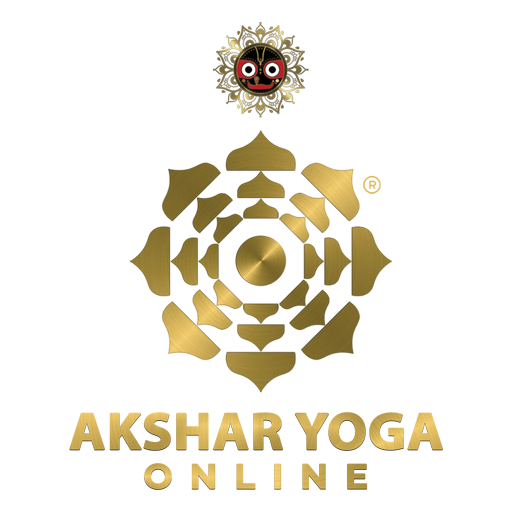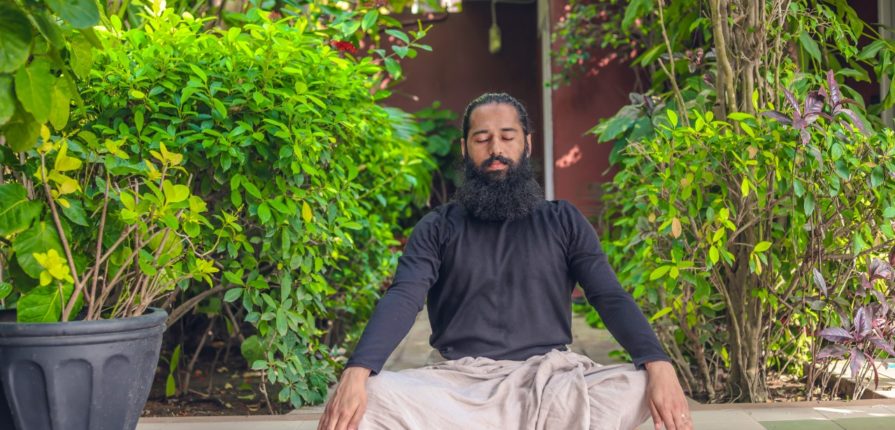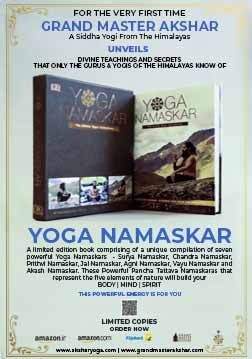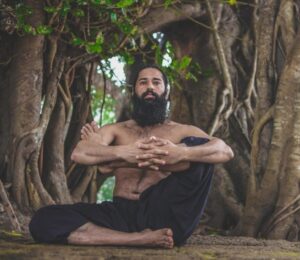Hastottanasana
Hastottanasana is made of three words: hasta, uttana and asana. Hasta means ‘arms’; uttana means ‘stretch up’ and asana means ‘posture’. In this posture, the arms are stretched upwards, hence, it is called Hastottanasana.
Formation:
- Stand erect on the ground, keep both feet together
- Slowly inhaling, raise both arms over the head and join your palms
- Exhale, release your arms sideways to Samasthithi
Breathing Methodology
Softly inhale while raising your arms up and exhale bringing them down
Benefits:–
- It stretches the muscles of the ribs
- It reduces pain in neck, shoulders and arms
- It is beneficial for increasing the height of growing children
- It increases the flexibility of colons
Word of Advice
Go slow if you have injured your shoulder
Malasana
Malasanais also known as the garland pose, squat pose is an asana.
Formation:
- Stand in Samasthithi with your feet apart, distance of your shoulders
- Lower yourself to squat position gently
- Separate your thighs slightly wider than your torso. Exhaling, lean your torso to fit it snugly between your thighs.
- Keep your feet flat on the ground and join you palms together
Benefits:–
- Opens your hips and groin
- Stretches your ankles, lower hamstrings, back and neck
- Tones your abdominals
- Aids in digestion
- Strengthens your metabolism
Word of Advice
Go slow if you have injured your knees
Vajrasana – Thunderbolt pose
Formation of the Posture
- Begin by standing straight with your arms by the sides of your body
- Lean forward and slowly drop your knees on your mat
- Place your pelvis on your heels and point your toes outward
- Here, your thighs should press your calf muscles
- Keep your heels slightly apart from each other
- Place your palms on your knees facing upward
- Straighten your back and look forward
- Hold this asana for a while
Breathing Methodology
Softly inhale and exhale
Benefits
- This asana aids digestion. This is the only asana which can be practiced right after having food.
- The calf muscles are also sometimes known as the second heart of the body because our mobility is determined by the strength in your calf muscles. Vajrasana mobilizes and massages your calf muscles
- Asana relaxes and strengthens feet, ankle, and knee caps.
- Ankles are flexed
- Lubricates knee caps
- Good posture for meditation and/or pranayam
Word of Advice
A person suffering from knee joint pain, Arthritis or any knee injury should avoid this asana
Paschimottanasana – Seated forward bend
Formation of the Posture
- Begin with Dandasana
- Ensure that your knees are slightly bent while your legs are stretched out forward
- Extend your arms upward and keep your spine erect
- Exhale and empty your stomach of air
- With the exhale, bend forward at the hip and place your upper body on your lower body
- Lower your arms and grip your big toes with your fingers
- Try to touch your knees with your nose
- Hold the posture for 10 seconds
Breathing Methodology
- Inhale while you lift your arms up.
- Exhale while you bend forward.
Navigating back from the posture
- Release the grip of your toes and bring your upper body back to erect position.
- Place palms on the floor beside your thighs into Dandasana
- Bend both knees and bring your feet toward your pelvis to form Sukhaasan
Benefits
- It acts as a stress reliever
- Reduces fatty deposits in the abdomen
- Removes anxiety, anger and irritability
- Calms the mind
- Stretches the spine and brings flexibility
- Good for constipation and digestive disorder
- Useful for increasing height in young practitioners by stretching of the spine
- Tones the abdominal pelvic organs
- Balance the menstrual cycles
- This asana is recommended especially for women after delivery
Word of advice
- Pregnant women should refrain from practicing
- Practitioners suffering from slip disc sciatica or asthma should avoid
- Ulcer patients should avoid practicing this aasana
Savithri asana
Formation of the posture
- Begin with Samsthithi. Stretch your arms outward begin to bend your knees
- Bend your upper body and place your arms on the floor to support your body as you lower your knees and place them on the floor
- With your body weight supported by your lower legs and knees, keep your upper body perpendicular to the floor
- Stretch your arms up to the sky with palms hovering shoulder distance from and facing each other
- Face forward
- Your arms, spine, hips and thighs should be in one straight line
Breathing Methodology
Inhale as you raise your arms up.
Navigating back from the posture
- Bring your arms back beside your body
- Lower your pelvis and place it on your heels in Vajrasana with your palms beside your body on the floor
- With your palms, push off the floor and stand in Samasthithi
Benefits
- Improves sense of balance
- Knees are strengthened
Word of Advice
Practitioners suffering from knee issues should refrain from performing this asana
BaddhaMalasana – Full Squat Pose
Formation of the Posture
- Begin by standing straight with your arms by the sides of your body
- Bend your knees, lower your pelvis and place it over your heels
- Ensure that your feet remain flat on the floor
- Lift your right arm up and wrap in around your right knee, turning the arm from inside
- Lock your right palm with your left
- Spine remains erect
- Repeat on other side
Breathing Methodology
Exhale as you squat down
Navigating back from the posture
- Place your palms down by the sides of your body
- Extend your legs forward and relax in Dandasana
Benefits
- Increases flexibility in hip
- Stimulates nervous system
- Strengthens thighs ankles, knees, shoulders, arms and neck when held for long
- Mobilizes and lubricates ankles and knee joints
Word of Advice
Go slow if you have injured your knees





